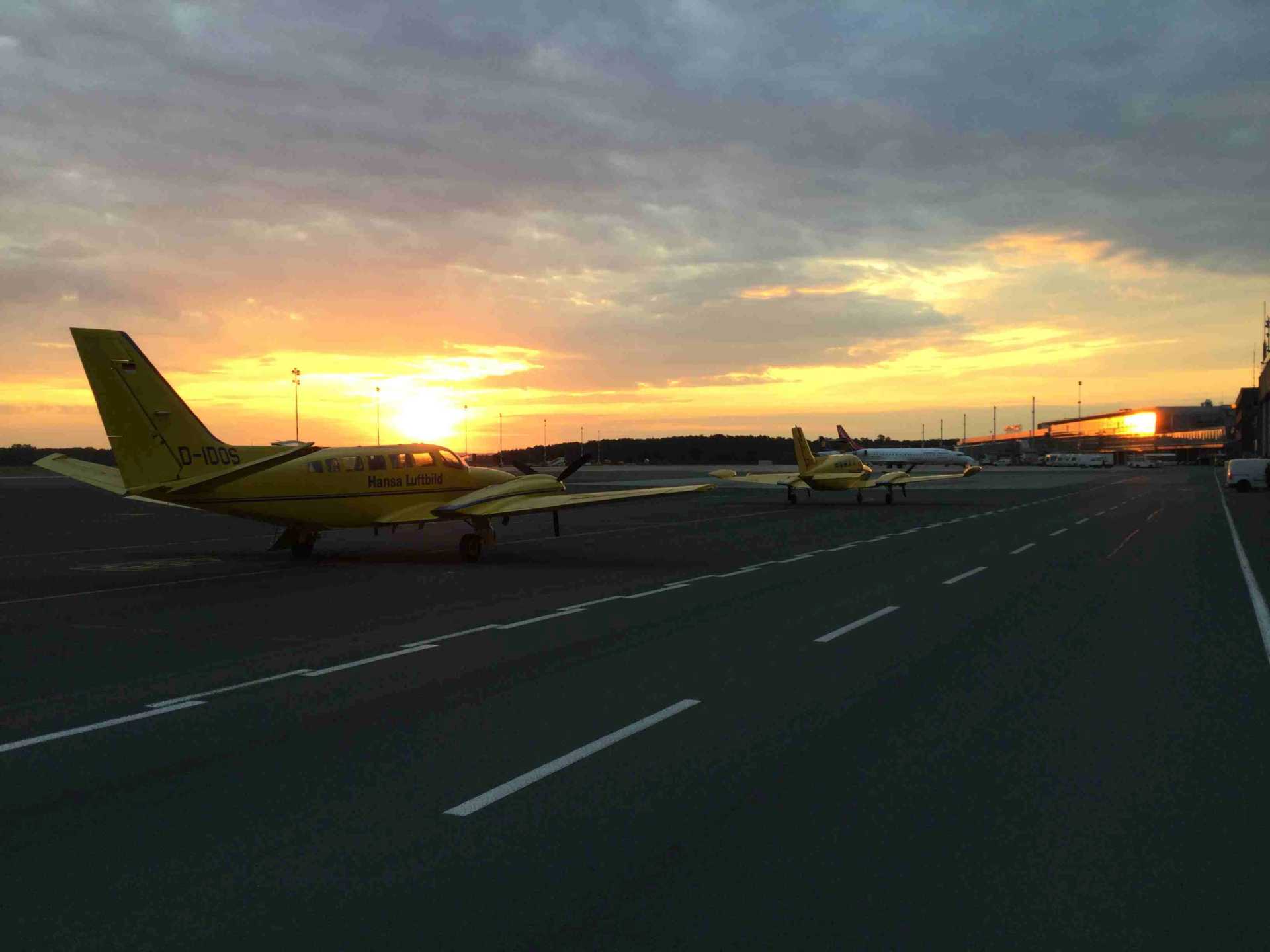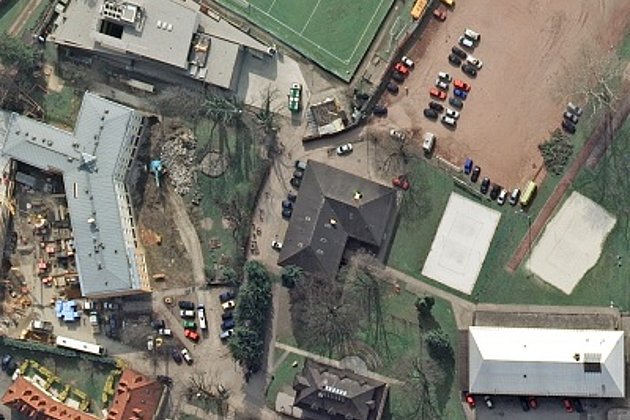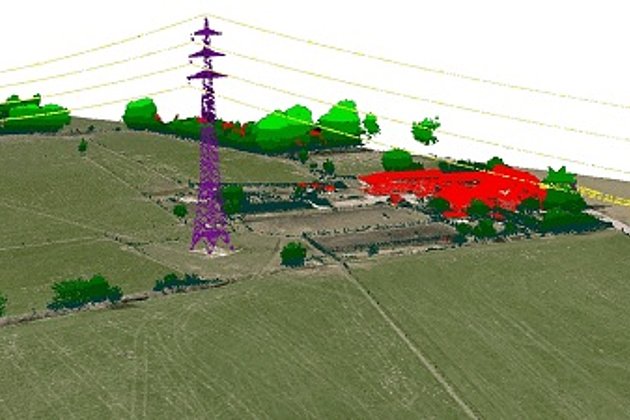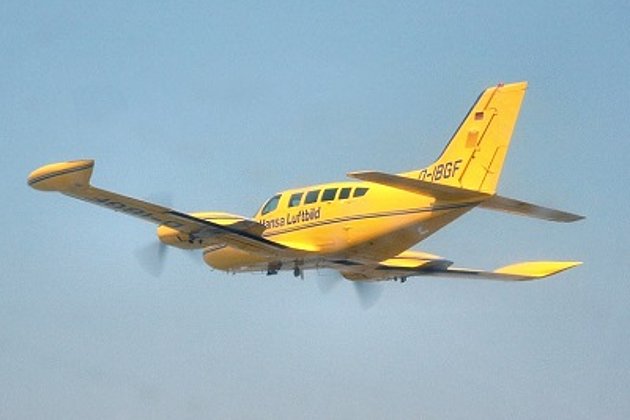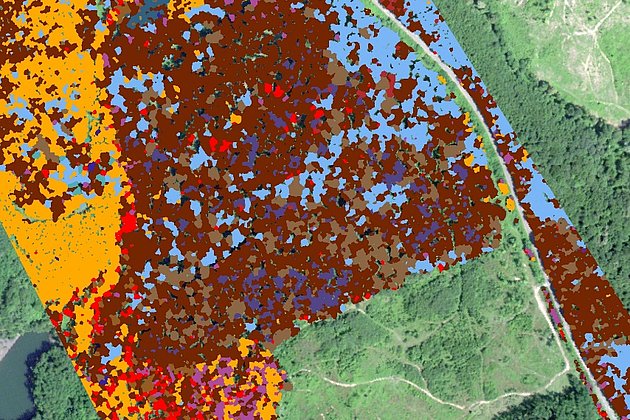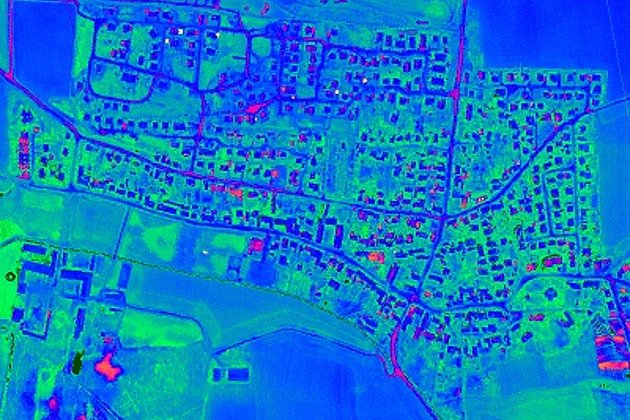Survey flights [for more information click here] do not follow a fixed flight schedule. They are, rather, dependent on client requirements, flight permits and prevailing weather conditions. All these are highly dynamic variables.
Contract dependent factors also come into play - defining the optimal aircraft for the survey, contracts which can be combined, and the framework for pre and post flight documentation.
For overseas projects considerations include the availability of fuel, oxygen and airfields, flight permit issuance, restricted areas, minimum permitted flight altitudes, cross-cultural limitations, immunization, any further impediments and more besides.
Before departure the aircraft and sensors, such as the camera or LiDAR systems, are tested; the weather report checked; fuel levels verified; and apparently very simple things, such as do I have the correct flight plan, double-checked.
Since survey flights do not follow standard flight corridors it is imperative to visually observe the surrounding airspace. The Hansa Luftbild planes’ gold-yellow markings assist in making them visible to other aircraft to a certain extent.
Post landing the aircraft personnel have much to do. Required post-flight paperwork is often extensive, and other necessary duties such as cockpit windscreen cleaning, refuelling, oil checks, tidying up, data backup etc., all take time. And away from the home base airport FMO (Muenster / Osnabrueck airport) there is still the time-consuming journey to the hotel, or back home, to consider.
If you are not a morning person our “Picture of the Month” is not for you. This month’s aerial photo shows a morning shot of the apron at FMO shortly before the flight day begins.
Contact our marketing and sales department:
- by E-Mail or by telephone +49 (0)251 2330-900

